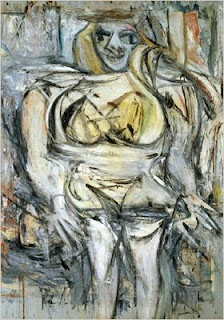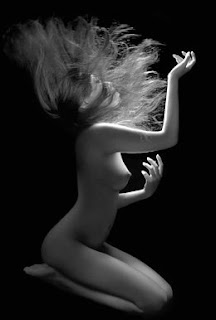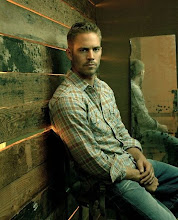



10. Portrait of Adele Bloch-Bauer II 89.1m Wikipedia
Artist: Gustav Klimt
Adele Bloch-Bauer II is a 1912 painting by Gustav Klimt. Adele Bloch-Bauer was the wife of Ferdinand Bloch-Bauer, who was a wealthy industrialist who sponsored the arts and supported Gustav Klimt. Adele Bloch-Bauer was the only model to be painted twice by Klimt; she also appeared in the much more famous Portrait of Adele Bloch-Bauer I.
9. Portrait de l’artiste sans barbe 90.1m Wikipedia
Artist: Vincent van Gogh
The Self-portraits of Vincent van Gogh are, together with his sunflowers, some of his most-admired paintings. From 1886 to 1889 he produced over 12 self-portraits.
8. Dora Maar au Chat 97.0m Wikipedia
Artist: Pablo Picasso
Dora Maar au Chat (Dora Maar with Cat) is a 1941 painting by Pablo Picasso. It depicts Dora Maar, the painter’s Croatian mistress, seated on a chair with a small cat perched on her shoulders. This painting is world-famous and is now one of the world’s most expensive paintings.
7. Irises 97.5m Wikipedia
Artist: Vincent van Gogh
Irises is a painting by the Dutch artist Vincent van Gogh. It was one of his first works while he was at the asylum at Saint Paul-de-Mausole in Saint-Rémy-de-Provence, France in the last year before his death in 1890.
6. Garçon à la pipe 113.4m Wikipedia
Artist: Pablo Picasso
Owned by the estate of John Hay Whitney, on May 5, 2004 it sold for $US104.1 million at an auction in Sotheby’s in New York City, after having been given a pre-sale estimate of $70 million by the auction house. Many art critics have stated that the painting’s high sale price has much more to do with the artist’s name than with the merit or historical importance of the painting.
Just paying the bills…
5. Bal au moulin de la Galette, Montmartre 122.8m Wikipedia
Artist: Pierre-Auguste Renoir
At the time of sale, it was one of the top two most expensive artworks ever sold, together with van Gogh’s Portrait of Dr Gachet, which was also purchased by Saito. Saito caused international outrage when he suggested in 1991 that he intended to cremate both paintings with him when he died. However, when Saito and his companies ran into severe financial difficulties, bankers who held the painting as collateral for loans arranged a confidential sale through Sotheby’s to an undisclosed buyer. Although not known for certain, the painting is believed to be in the hands of a Swiss collector.
4. Portrait of Dr. Gachet 129.7m Wikipedia
Artist: Vincent van Gogh
There are two authentic versions of this portrait, both executed in June 1890 during the last months of Van Gogh’s life. Both show Doctor Gachet sitting at a table and leaning his head onto his right arm, but they are easily differentiated.
3. Portrait of Adele Bloch-Bauer I 137.6m Wikipedia
Artist: Gustav Klimt
Portrait of Adele Bloch-Bauer I is a painting by Gustav Klimt completed in 1907. According to press reports it was sold for US$135 million to Ronald Lauder for his Neue Galerie in New York City in June 2006, which would make it at that time the most expensive painting ever sold.
2. Woman III 140.2m Wikipedia
Artist: Willem de Kooning
Woman III is a painting by abstract expressionist painter Willem de Kooning. Woman III is one of 6 paintings by Kooning in which the central theme was a woman. It measures 68 by 48 1/2 inches and was completed in 1953. In November 2006, the painting was sold by David Geffen to billionare Steven A. Cohen for $137.5 million, making it the second most expensive painting ever sold.
1. No. 5, 1948 $142.7m Wikipedia
Artist: Jackson Pollock
No. 5, 1948 is an abstract painting by Jackson Pollock (January 28, 1912 – August 11, 1956), an American painter known for his contributions to the abstract expressionist movement. The painting was done on a 8 x 4 feet sheet of fiberboard, with thick amounts of brown and yellow paint drizzled on top of it, forming a nest-like appearance.
This article is licensed under the GFDL. It uses material from the Wikipedia articles cited above.
Related Lists
Top 10 Amazing Paintings on Feathers
Top 10 Most Expensive Toys
Top 10 Art Thefts of the 20th Century
Top 10 Most Expensive Libations
Show me a random list...
Subscriptions
Like this article? Subscribe to the RSS feed to keep 'em coming, or subscribe via email:
If you find this site helpful, please leave a donation so you can enjoy the spirit of giving too.
ArtAdd to Del.icio.usStumble it! Email This Post



































